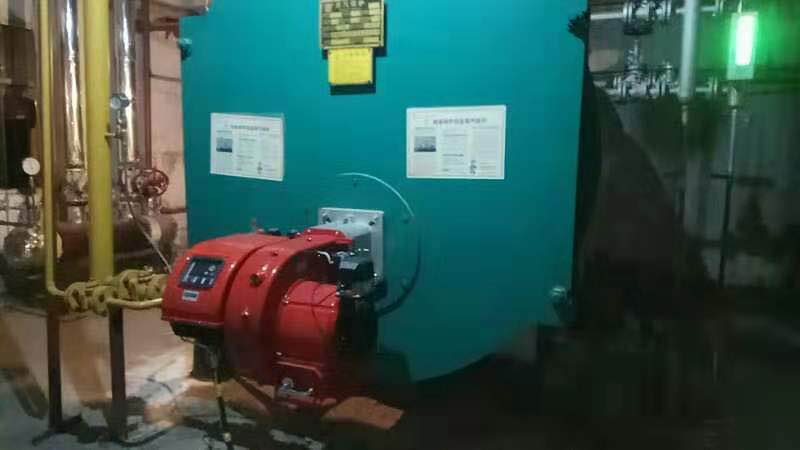
Low-NOx burners refer to burners with low NOx emissions during the fuel combustion process. Choosing low-NOx burners can reduce the emissions of nitrogen oxides during the combustion process.
A single-unit full-automatic low-nitrogen burner is like a flamethrower, which injects fuel oil flame products into the furnace combustion chamber, achieves complete combustion and outputs heat in the furnace, and the practical products of low-nitrogen burners burn thoroughly. The measurement is carried out in a specific standard combustion chamber, so the conditions of the standard laboratory are generally used as the selection conditions for matching the low-nitrogen burner with the boiler.
The low-nitrogen burner can be summarized as:
(1) Power;
(2) Air pressure in the furnace;
(3) The size of the space and the length of the diameter of the furnace.
The matching of aerodynamic characteristics means the degree of satisfaction of these three conditions. The power of a low-nitrogen burner refers to how many kilograms and volume of fuel it can burn per hour when it is fully burned, and the corresponding heat energy output at the same time. In our country, the boiler calibration specifications are steam production value and fuel consumption. Therefore, the two must match when selecting.
In a standardized boiler, the hot air flow starts from the low-nitrogen burner and enters the atmosphere through the furnace, heat exchanger, flue gas collector and exhaust channel, forming a process of overall heat activity. The hot air flow generated after the low-nitrogen burner fuel is burned, the pressure generated by entering the inlet moves in the furnace combustion chamber, and moves to the outlet like river water, because of the furnace wall, passage, elbow, baffle and emptying channel of the furnace combustion chamber There is a certain resistance to the smooth movement of the gas, which will result in a pressure loss. Therefore, a certain flue gas pressure must be maintained in the furnace. For the use of the burner, the furnace pressure specification is to require the heat and hot air pressure to reach the exhaust pipe. The pressure should be higher than the atmospheric pressure, so that the remaining exhaust gas can be smoothly discharged into the atmosphere.